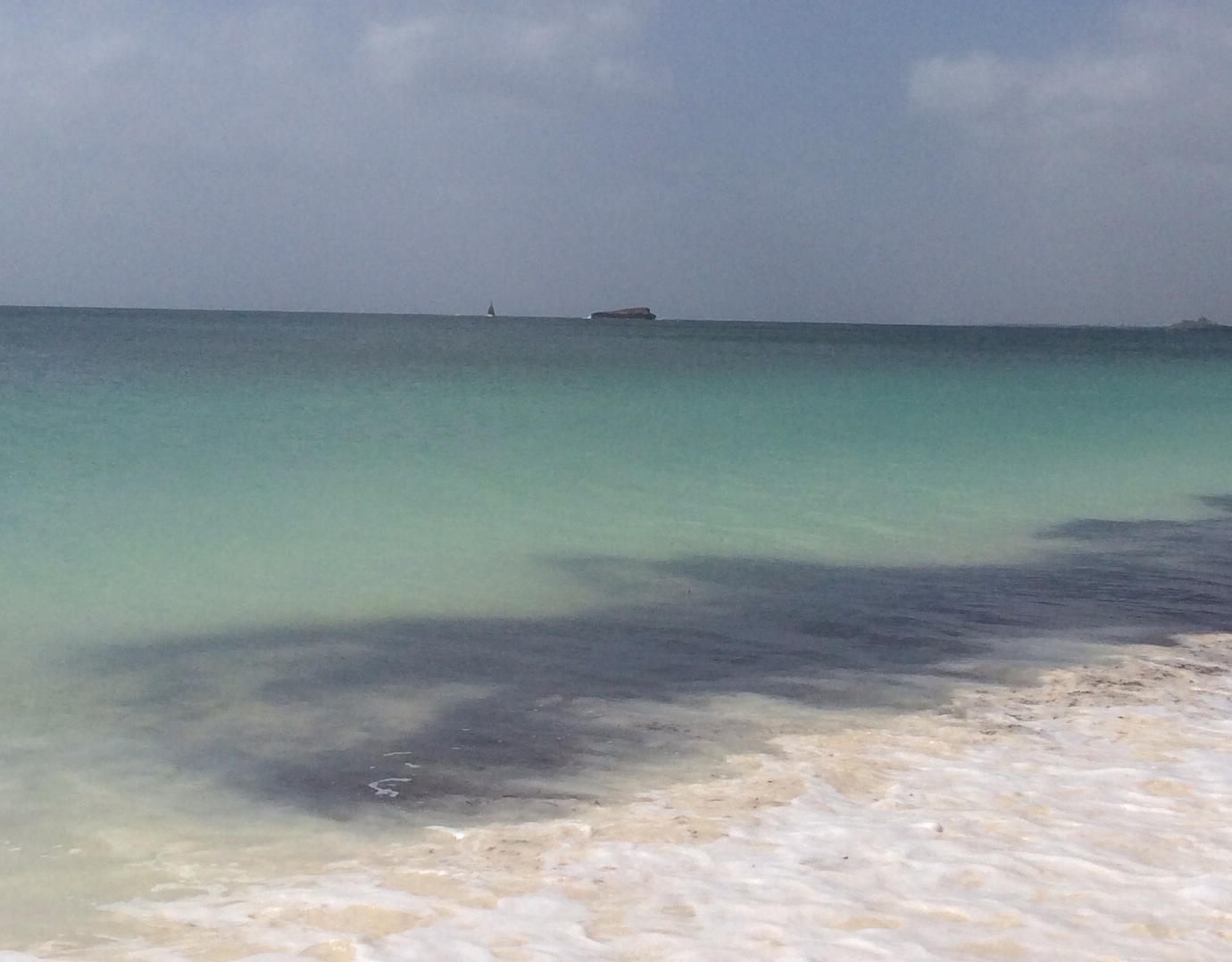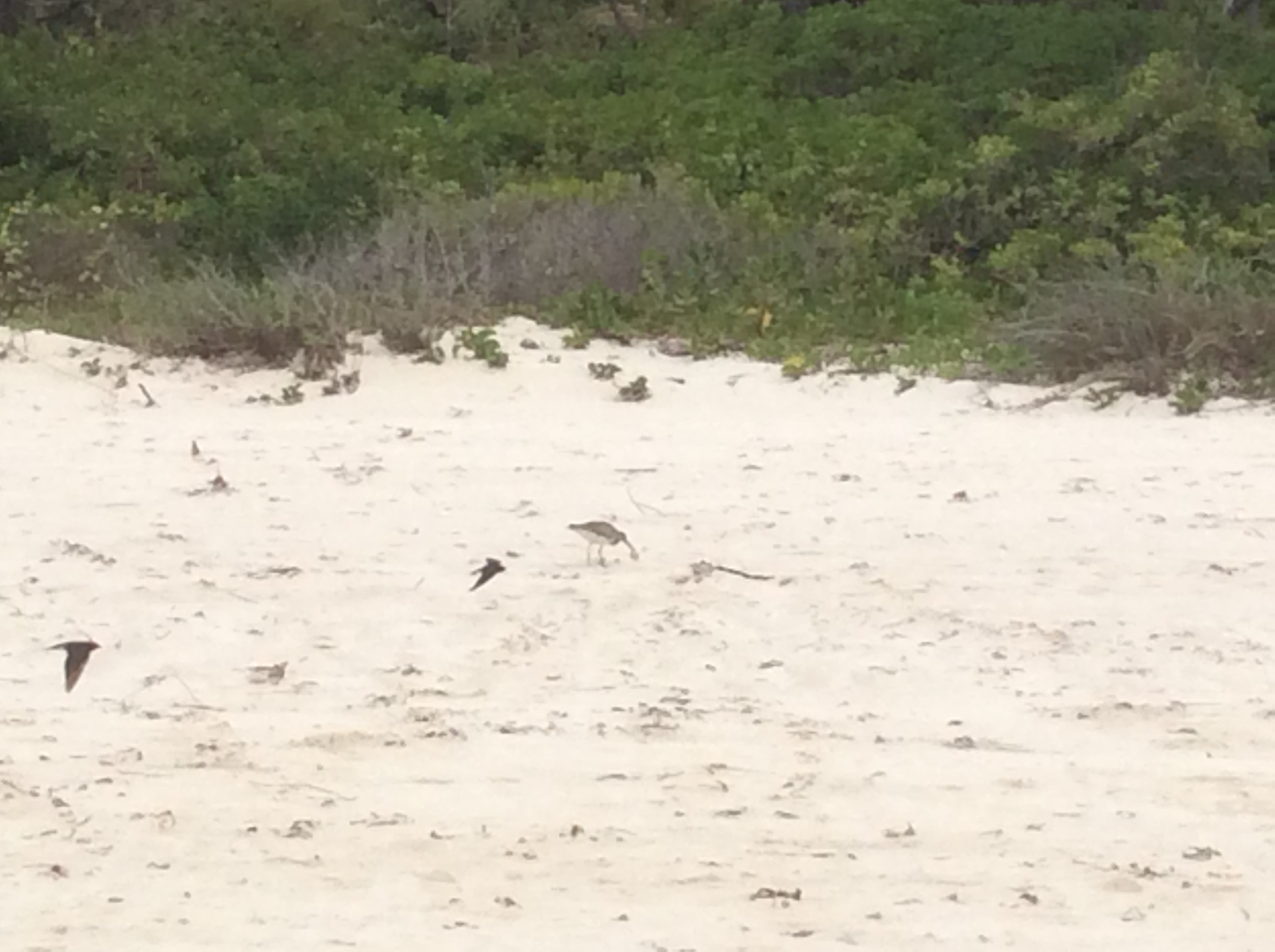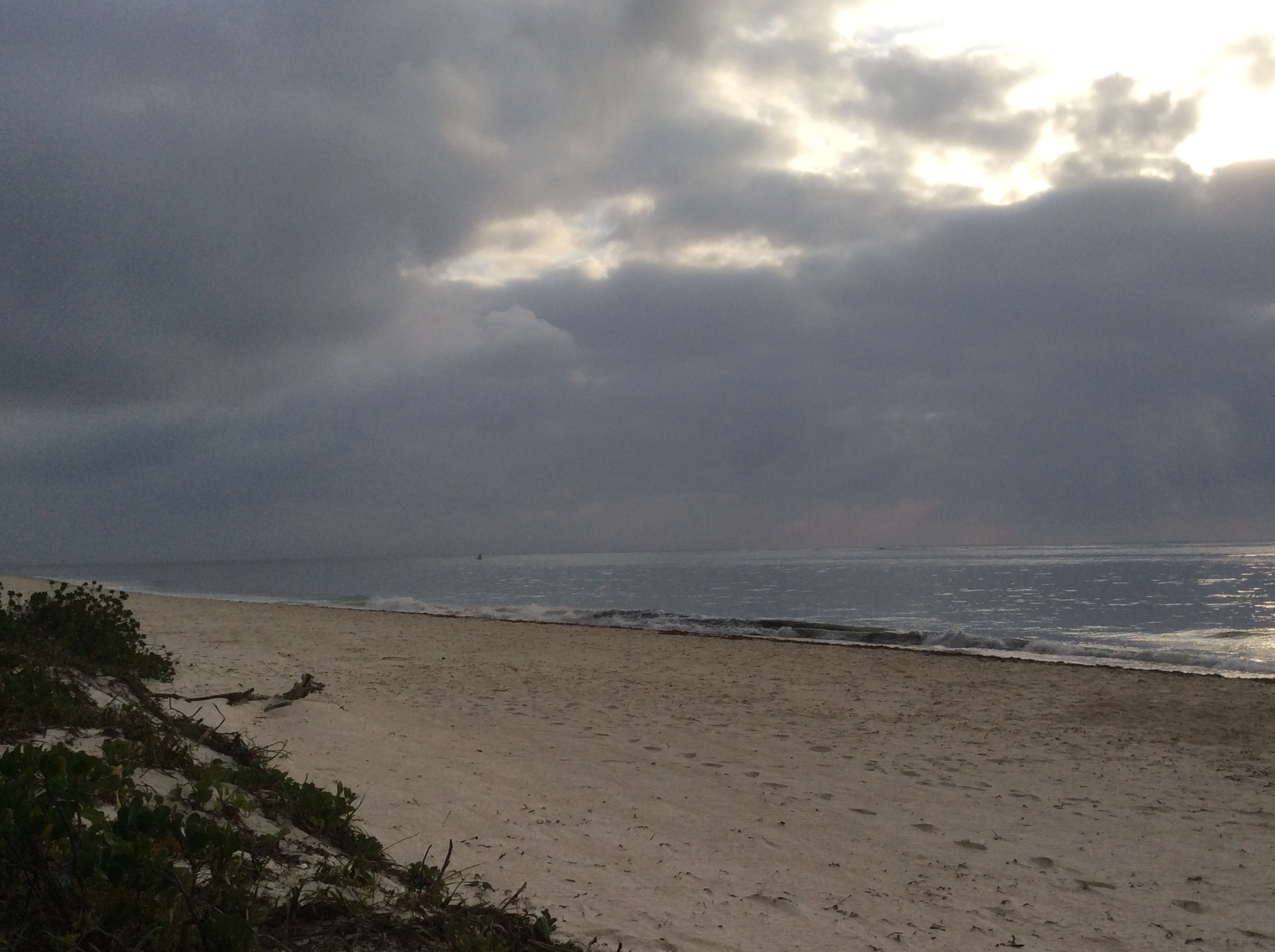Long, long ago in a galaxy far, far away….I used to be a Bird Watcher. Yes! I can admit it now.But, of course, back then, as a young teen, you simply wouldn’t – couldn’t – fess up to the fact due to the social ostracism such an admission would entail. Now, it seems, it’s ok. It’s almost sexy to be the sensitive sort that cares for and is interested in the natural world around you. But not then. In those Dark Days bird watching was akin to voyeuristic perversion and….well, you just didn’t broadcast that you were a Bird Watcher. Withh teenage clumsiness you would be chatting up the girl you liked (after weeks of firming your resolve). And then, when you thought you were getting somewhere, you’d let slip that on weekends, when your jock buddies were shooting pool, you were out in the woods notching up ticks on your list. Mistake! You would watch, in agony, as the eyes of the girl of your dreams glazed over, she began to inspect her fingernails, and then shoved off quickly on the pretence of meeting her girlfriend in the library to finish a project that was due tomorrow.. It wasn’t until you noticed that she was high-tailing it in a direction opposite to the library that your faux pas hit home….so you quickly learned to keep quiet.
Bir listing, after a number of years, just wasn’t doing it for me. But, just by chance when I was in my late twenties, I saw a bird banding demonstration by Bob Stamp (still a regular Hamilton Naturalists’ Club member) and that changed everything. I sought out intensive training at LPBO, earned a subpermit under Dr. Martin McNicoll, and ended up with a Master Permit in the late 80’s. (Interestingly, the first bird banded under that permit was a vagrant Kentucky Warbler – a bird I haven’t seen since.)
Still, on occasion, I do resort to my bird watching days and try to chase down, count and list all the species I can. This occurs every time I go to a significantly “new” place – foreign countries especially. Here in Kenya I’m lucky: I can both bird and band to my heart’s content. And now, being of an elderly persuasion, I can say without angst that I’m interested in birds when people ask me what I am doing in Kenya as they will see this merely as the foibles of a geriatric.
Since I started coming to Kenya four years ago, I have wanted to go to the East Coast – the Indian Ocean. The very name conjures up images of Arab Dhows, triangle sails set, racing through the blue water to India to pick up cargoes of spices and silks. (Of course, in the old days – maybe not that old – these same dhows carried cargoes of slaves to India to use as currency.)
When Peter Harris, the founder of A Rocha, visited Ruthven, I did some googling around and found that A Rocha runs a guest house in conjunction with a research facility just outside of Watamu, south of Malindi on the coast. It’s cheap, environmentally friendly, and socially progressive and proactive. Perfect.
So we’re spending 4 days here to take in the Indian Ocean and….to keep track of all the bird species I can find. To this end, yesterday, we got some significant help from Jonathan Baya, a local guide recommended by Titus Imboma. We spent much of the day in Arabuko Sokoke Forest Reserve and Mida Creek. Arabuko Sokoke consists of 420 square kilometers of dry coastal forest – the last remaining remnant of a forest that ran continuously from Madagascar to the Sudan. The Mida Creek mudflats are a major wintering site for large numbers of waders. We started early and ended late but under Jonathan’s excellent (and patient) tutelage I ended up with 31 “lifers”, Here they are in the order I encoiuntered them (not their taxonomic order; a few of the species names have clickable links that take you to example photos of the species):
Indian House Crow
Tambourine Dove
Collared Sunbird
Pallid Honey-guide
Green Barbet
Peter’s Twinspot
Yellow-bellied Greenbul
Forest Batis
Fisher’s Greenbul
Little Yellow Flycatcher
Black-headed Apalis
Tropical (Coastal) Boubou
Black-bellied Starling
Eurasian Golden Oriole
Chestnut-fronted Helmet-shrike
Black-headed Oriole
Plain-backed Sunbird
Red-tailed Ant-thrush
Amani Sunbird
Pale Batis
Ashy Flycatcher
Wooly-necked Stork
Grassland Pipit
Malindi Pipit
Mottled Spinetail
Crab Plover
Lesser Sand Plover
Greater Sand Plover (one with a red flag on its leg)
Terek’s Sandpiper
Dimorphic Egret
Fiery-necked Nightjar (this last bird we got at night when unsuccessfully trying to chase down a Sokoke Scops-owl – which sounds very like a Northern Saw-whet Owl).
Rick




Wow! Peter’s Twinspot is quite a piece of work! Enjoy your trip!